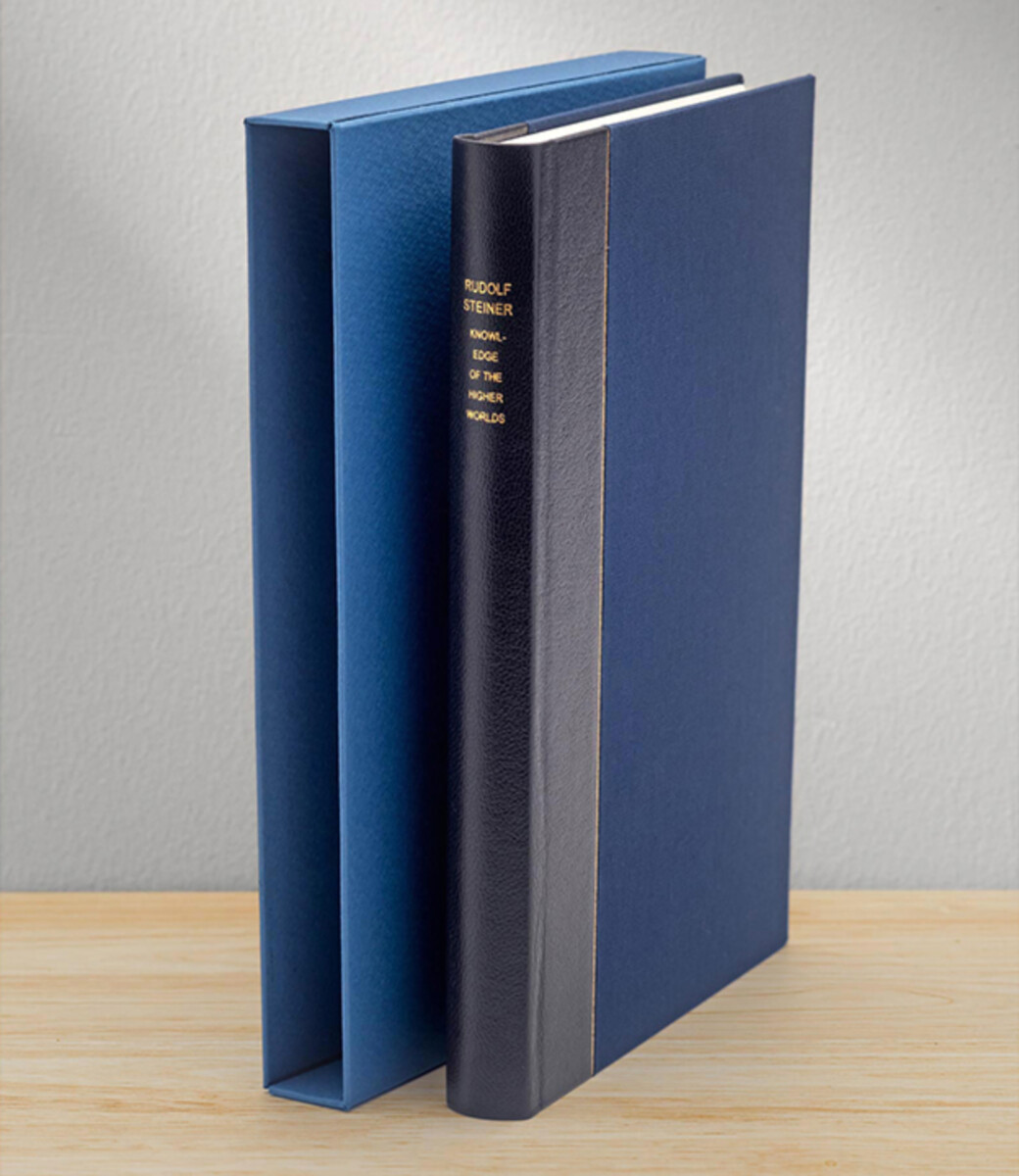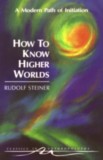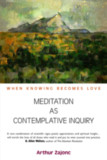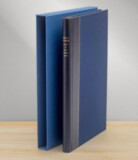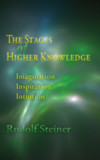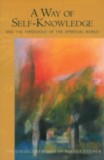Knowledge of the Higher Worlds
How Is It Attained? (CW 10)
- Publisher
SteinerBooks - Published
21st July 2020 - ISBN 9781732461390
- Language English
- Pages 268 pp.
- Size 5.5" x 8.5"
Written work originally published in 1904 (CW 10)
“Readers who do not intend to follow the path mapped out here will nevertheless find much that is useful for their inner life: for example, precepts for the conduct of life, indications clarifying this or that perplexing question, and so forth. And many people who, in the course of life-experience, have been through a great deal and have in many respects undergone an initiation through life itself, will find a certain satisfaction in seeing things clarified that they have already sensed to be true—things they already knew, without perhaps having brought this knowledge to a clear enough conception.” — Rudolf Steiner (preface)
Rudolf Steiner's foundational handbook for spiritual and personal development has grown modern with time, though his methods remain clearly distinguishable from many current paths of inner work. First, Steiner's method is based on the clarity of thought normally associated with scientific research. Instead of denying clear thinking, his aim is to extend it beyond its present limitations. Second, Steiner recognizes—as do all genuine paths—that the way to spiritual experience is arduous and dangerous and calls for self-control in thought, word, and action. The human being comprises a unity, and we cannot develop knowledge without a corresponding development of feeling and will.
Steiner predicted that humanity would begin to experience a longing for forms of experience that transcended intellectual, materialistic thinking. More than a hundred years after the first publication of this book, countless means are offered for achieving transcendental experience, including Eastern meditation practices, channeling, remote viewing, and astral projection. Moreover, there has been a huge increase in the number of people who report various suprasensory perceptions, such as near-death experiences and meetings with angels. In this context, Steiner's key spiritual guidebook is needed more than ever, given its unique, precise instructions for inner training, its protective exercises, and its indications for staying grounded and centered. Knowledge of the Higher Worlds begins with the preconditions for personal development and guides the reader through the stages of initiation, its practical aspects, and its effects.
This key work of anthroposophic inner development is among Rudolf Steiner's most important works.
The Chadwick Library Edition is an endeavor to republish—mostly in new or thoroughly revised English translations—several written works of Rudolf Steiner. The edition is named for the late horticulturist Alan Chadwick, whose life and work has served as inspiration to the small group from which the idea originated. Our extensive experience with special bindings led to the selection—for this “trade edition” of 750 books—of a leather spine binding, cloth sides, and a light slipcase. For the hand-numbered edition (100 books), the binding is full leather with a hand-gilt top of the pages in a fine, stiff, cloth-covered slipcase. The leather is blue calfskin, and the title stamping on the spines is in genuine gold leaf. All of this will be carried out by hand at one of the finest binders, Ruggero Rigoldi.
Knowledge of the Higher Worlds is a translation from German of the written work Wie erlangt man Erkenntnisse der höheren Welten? (GA 10).
Read more about the Chadwick Library Edition at chadwicklibrarypress.org.
C O N T E N T S:
Preface to the Edition of May 1918
Preface to the Fifth Edition
Preface to the Third Edition
1. Knowledge of the Higher Worlds: How Is It Attained?
2. The Stages of Initiation
3. Initiation
4. Practical Considerations
5. The Conditions of Esoteric Schooling
6. Some Effects of Initiation
7. Changes in the Dream Life of the Esoteric Student
8. Attaining Continuity of Consciousness
9. The Splitting of the Personality during Spiritual Schooling
10. The Guardian of the Threshold
11. Life and Death: The Greater Guardian of the Threshold
Afterword (1918)
Note on the Chapter Divisions
Citation Notes
Rudolf Steiner
Rudolf Steiner (b. Rudolf Joseph Lorenz Steiner, 1861–1925) was born in the small village of Kraljevec, Austro-Hungarian Empire (now in Croatia), where he grew up. As a young man, he lived in Weimar and Berlin, where he became a well-published scientific, literary, and philosophical scholar, known especially for his work with Goethe’s scientific writings. Steiner termed his spiritual philosophy anthroposophy, meaning “wisdom of the human being.” As an exceptionally developed seer, he based his work on direct knowledge and perception of spiritual dimensions. He initiated a modern, universal “spiritual science” that is accessible to anyone willing to exercise clear and unbiased thinking. From his spiritual investigations, Steiner provided suggestions for the renewal of numerous activities, including education (general and for special needs), agriculture, medicine, economics, architecture, science, philosophy, Christianity, and the arts. There are currently thousands of schools, clinics, farms, and initiatives in other fields that involve practical work based on the principles Steiner developed. His many published works feature his research into the spiritual nature of human beings, the evolution of the world and humanity, and methods for personal development. He wrote some thirty books and delivered more than six thousand lectures throughout much of Europe. In 1924, Steiner founded the General Anthroposophical Society, which today has branches around the world.


